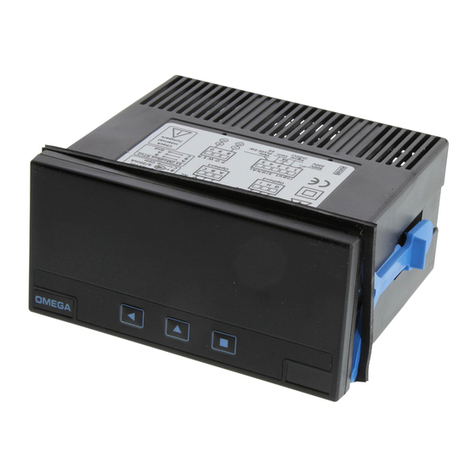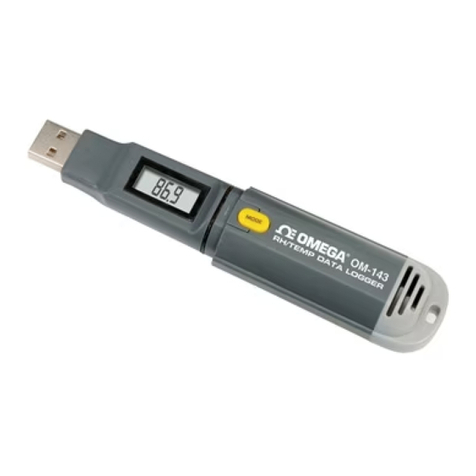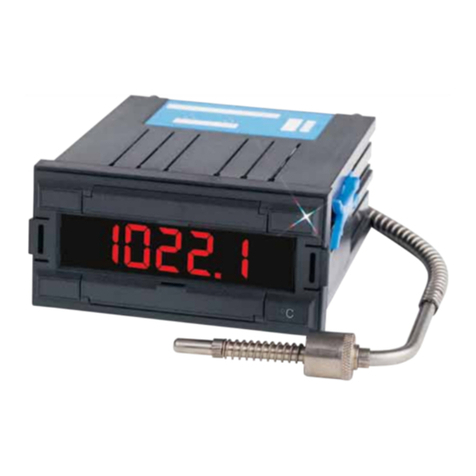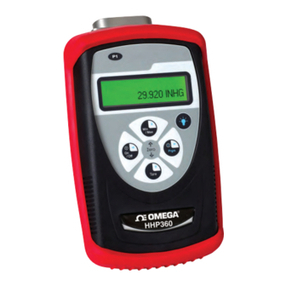Omega TRCN443 User manual
Other Omega Measuring Instrument manuals
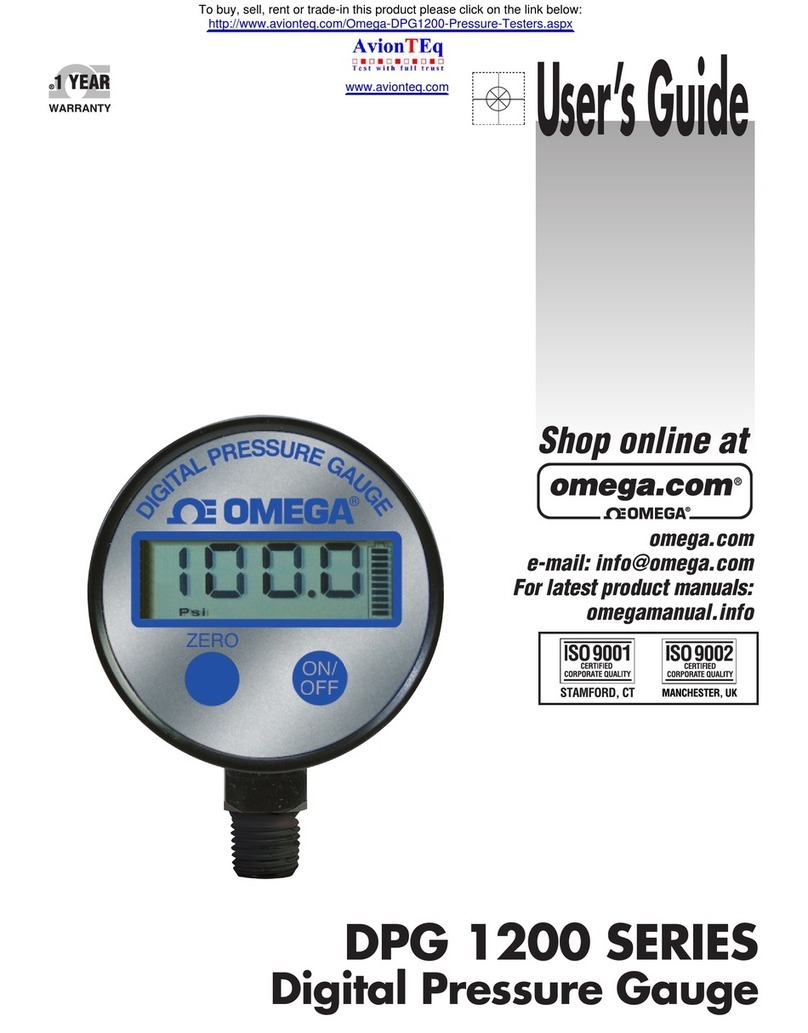
Omega
Omega DPG 1200 Series User manual

Omega
Omega FLOWMETER FL45200A User manual
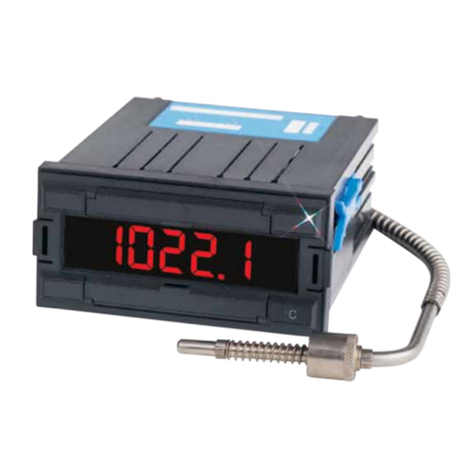
Omega
Omega DP18-P8 User manual
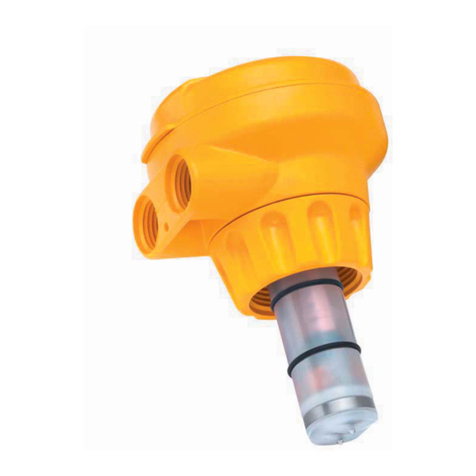
Omega
Omega FMG3000 SERIES User manual
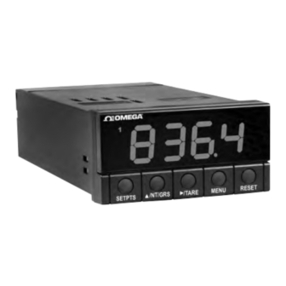
Omega
Omega DP25B-S User manual
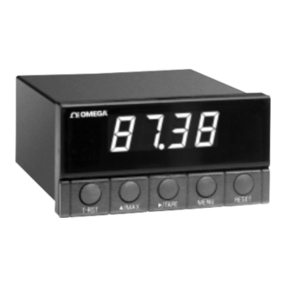
Omega
Omega DP24-E User manual
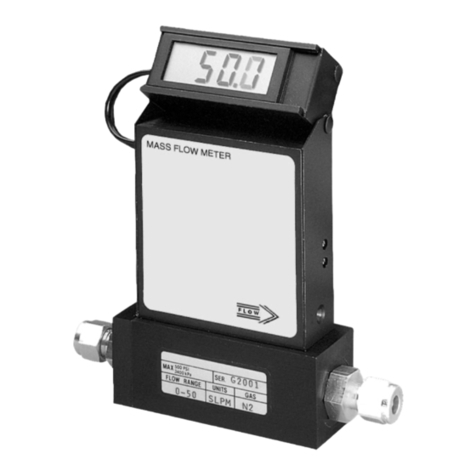
Omega
Omega FMA1700A User manual
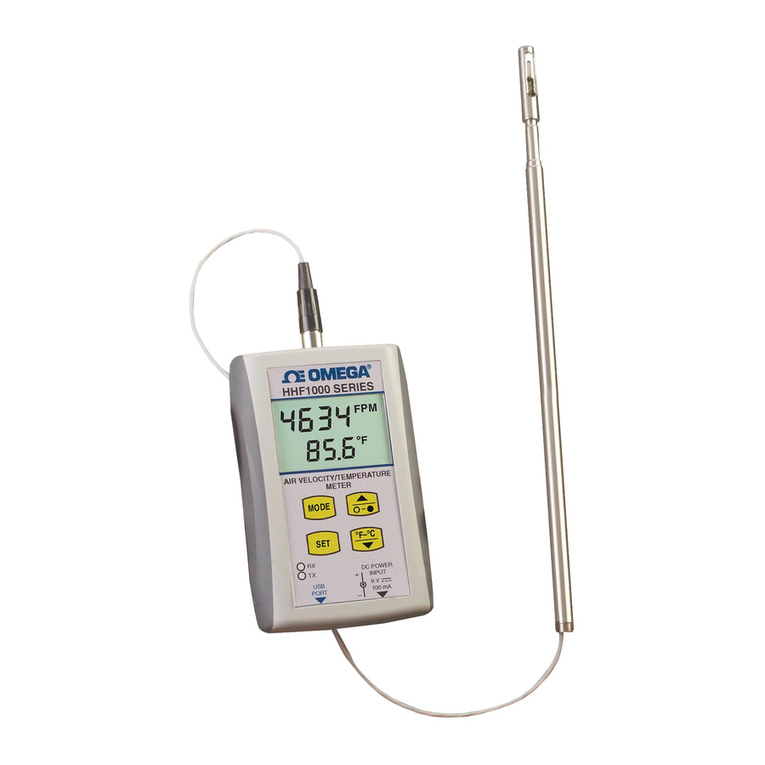
Omega
Omega HHF1001A User manual
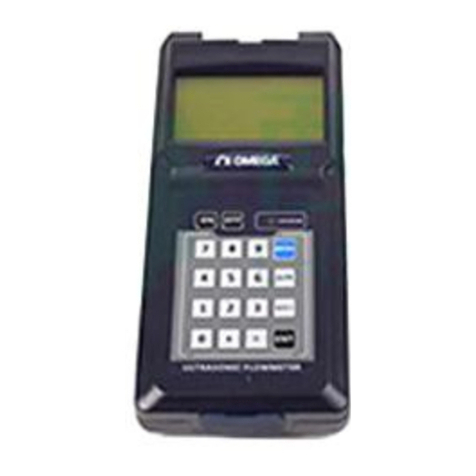
Omega
Omega FDT-25 User manual
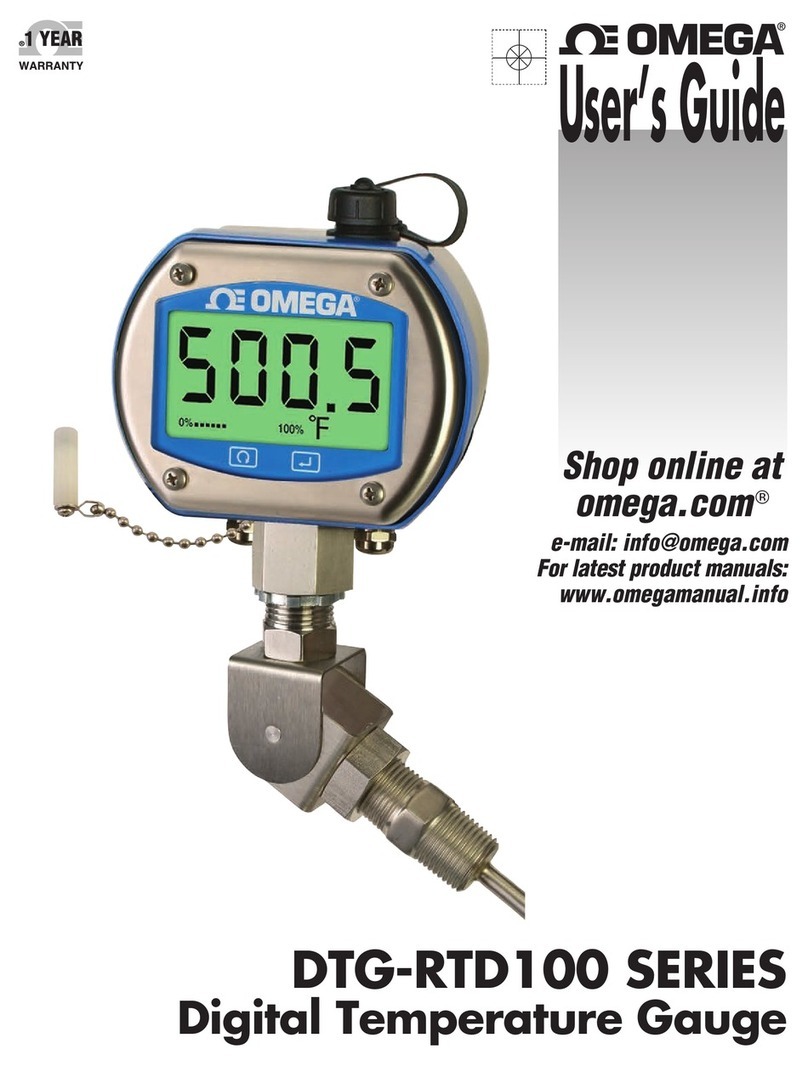
Omega
Omega DTG-RTD100 Series User manual
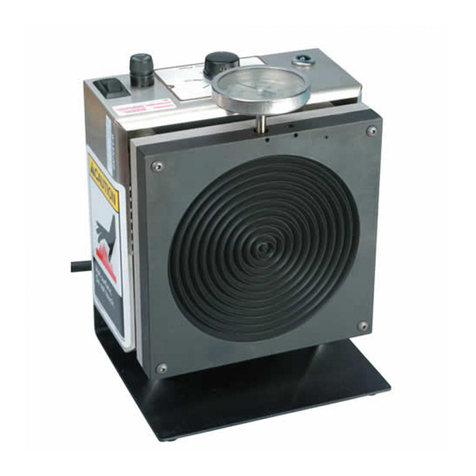
Omega
Omega BB-2A User manual

Omega
Omega FPDM1000 User manual
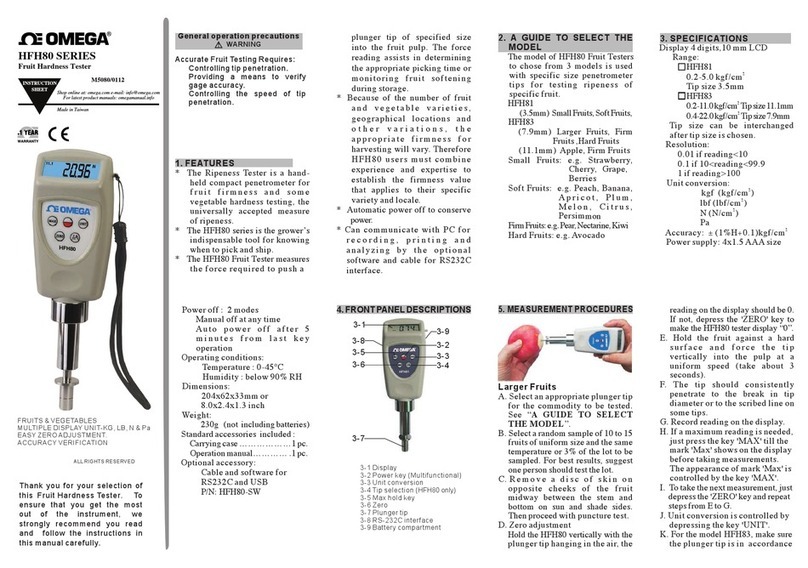
Omega
Omega HFH81 User manual
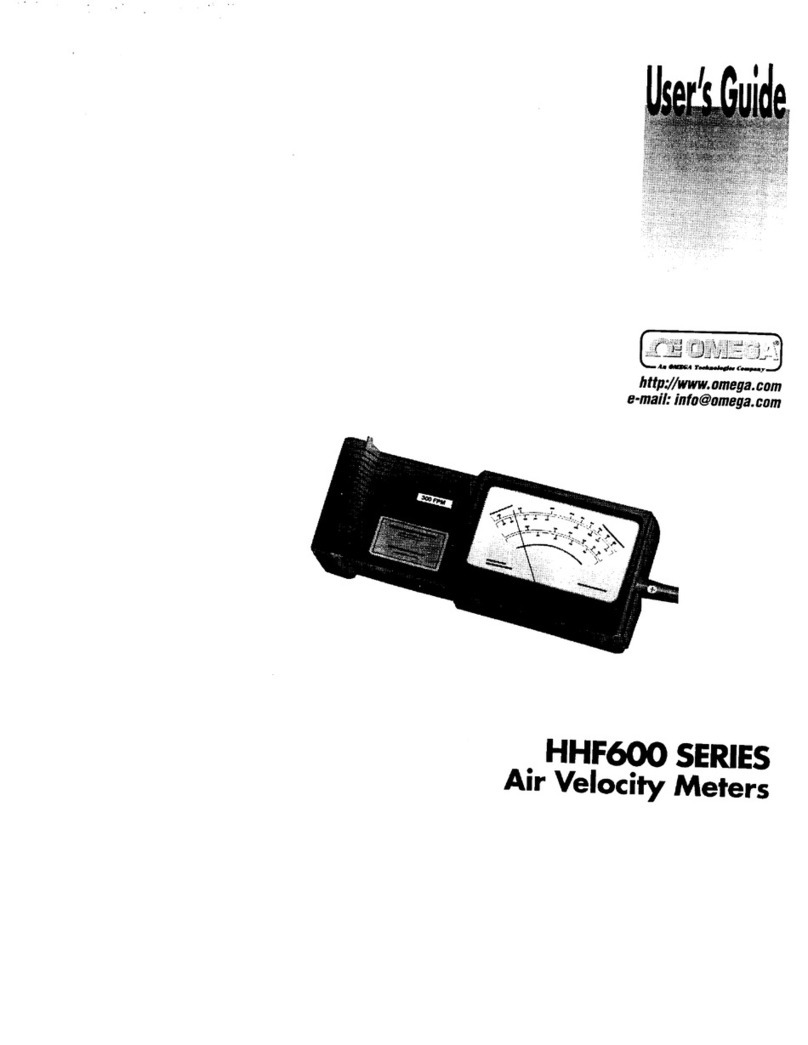
Omega
Omega HHF600 Series User manual
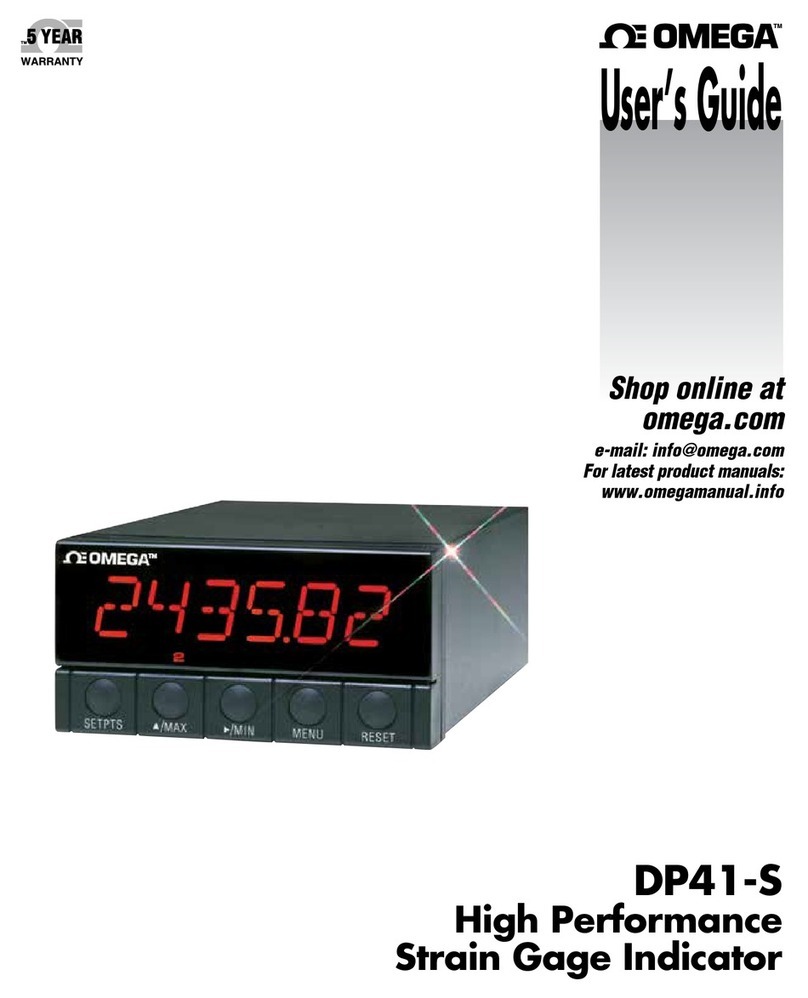
Omega
Omega DP461-S User manual
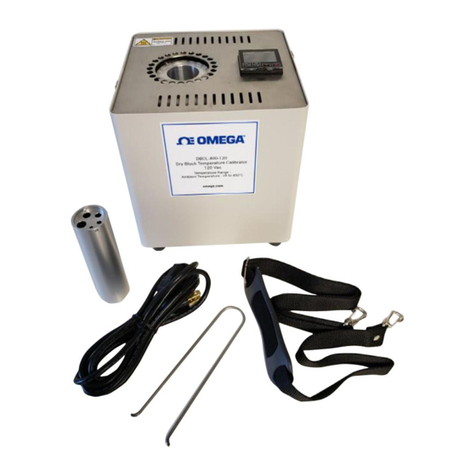
Omega
Omega DBCL400 User manual

Omega
Omega MASS FLOW FMA-1900 User manual
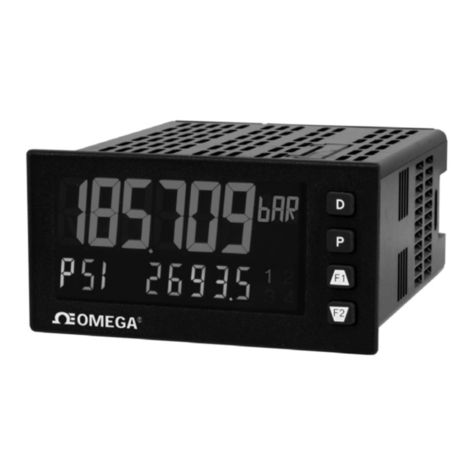
Omega
Omega DP63100-S User manual

Omega
Omega PHH-SD1 User manual
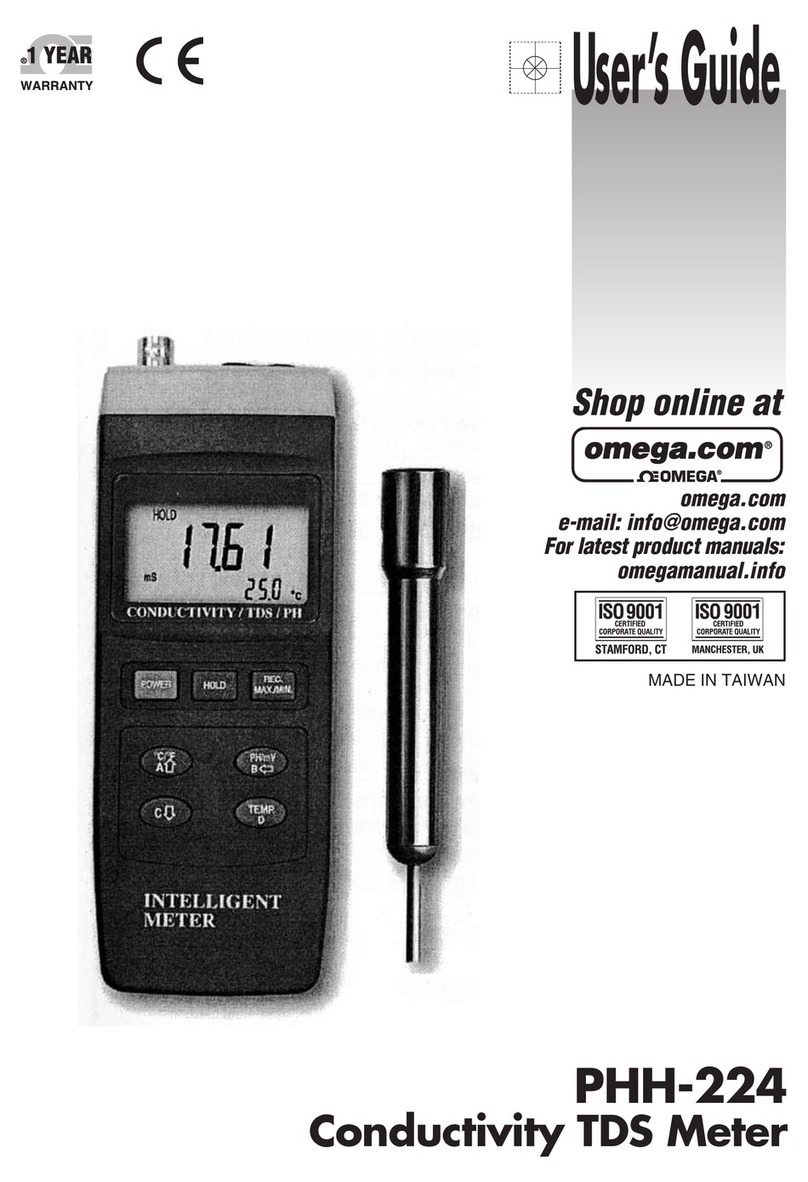
Omega
Omega PHH-224 User manual
Popular Measuring Instrument manuals by other brands

Powerfix Profi
Powerfix Profi 278296 Operation and safety notes

Test Equipment Depot
Test Equipment Depot GVT-427B user manual

Fieldpiece
Fieldpiece ACH Operator's manual

FLYSURFER
FLYSURFER VIRON3 user manual

GMW
GMW TG uni 1 operating manual

Downeaster
Downeaster Wind & Weather Medallion Series instruction manual

Hanna Instruments
Hanna Instruments HI96725C instruction manual

Nokeval
Nokeval KMR260 quick guide

HOKUYO AUTOMATIC
HOKUYO AUTOMATIC UBG-05LN instruction manual

Fluke
Fluke 96000 Series Operator's manual

Test Products International
Test Products International SP565 user manual

General Sleep
General Sleep Zmachine Insight+ DT-200 Service manual
